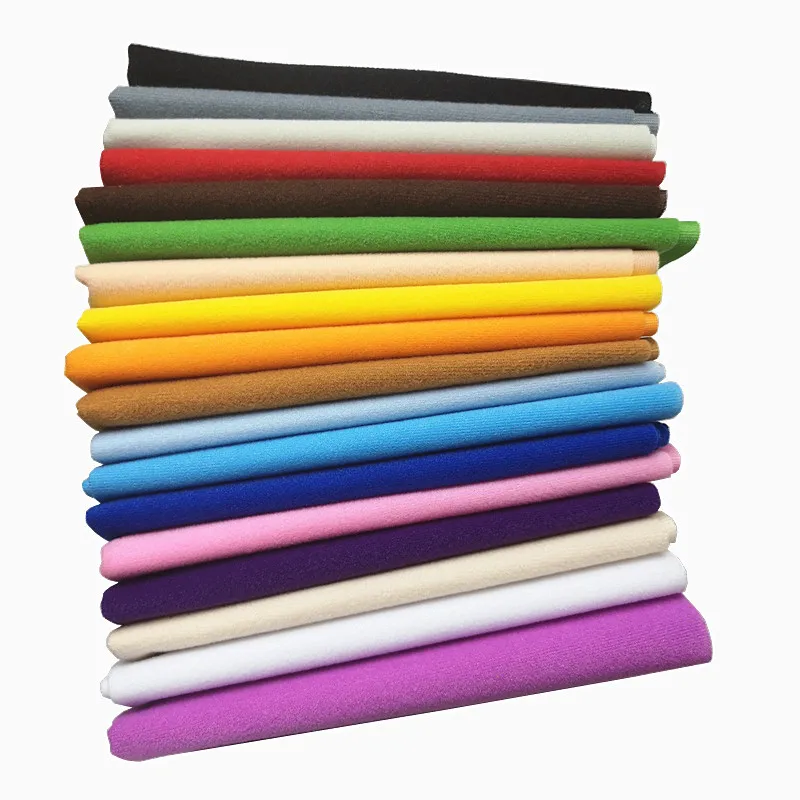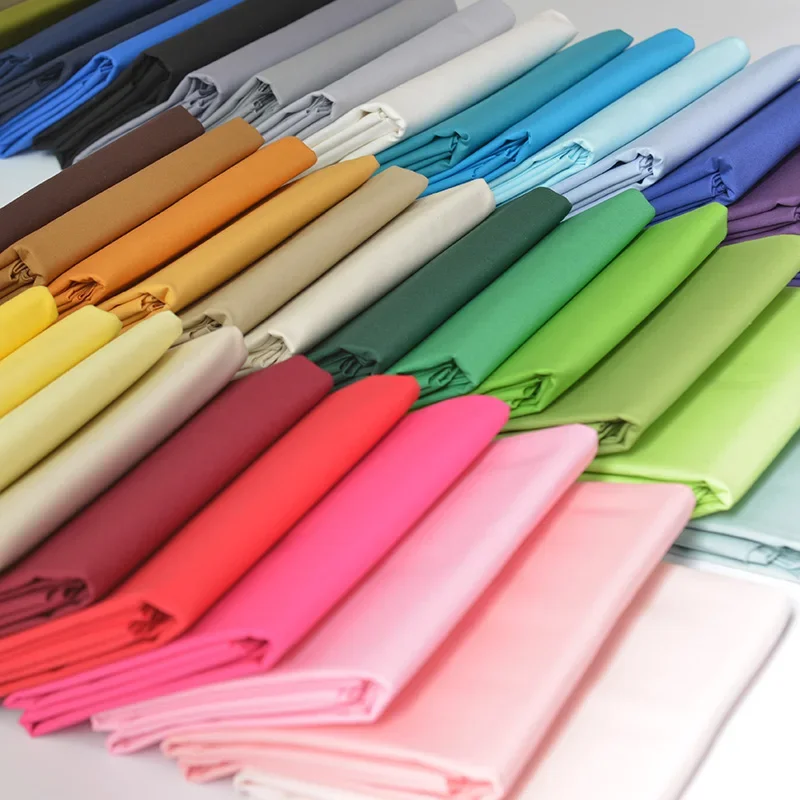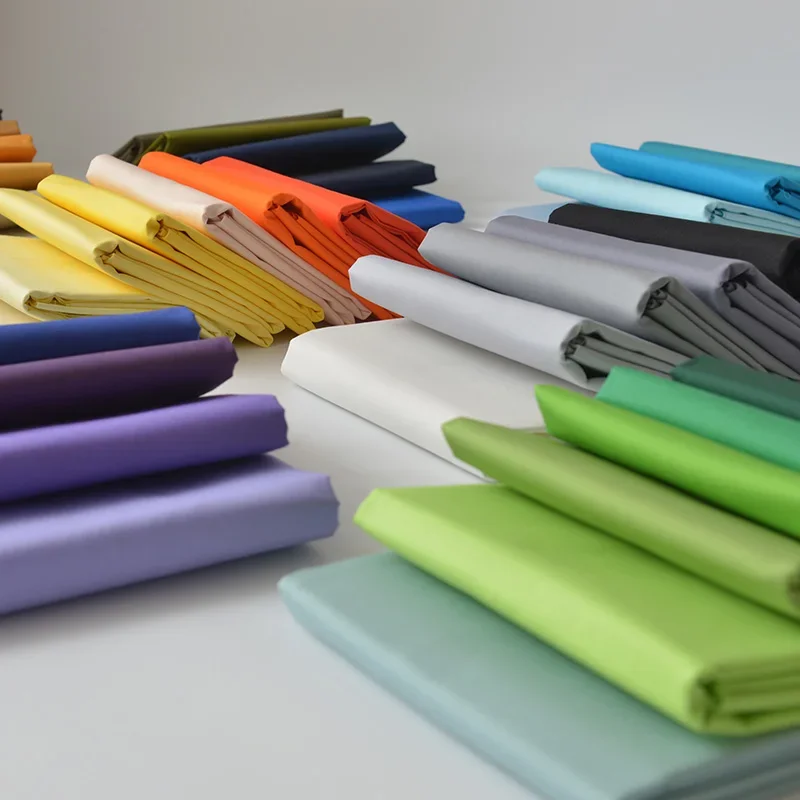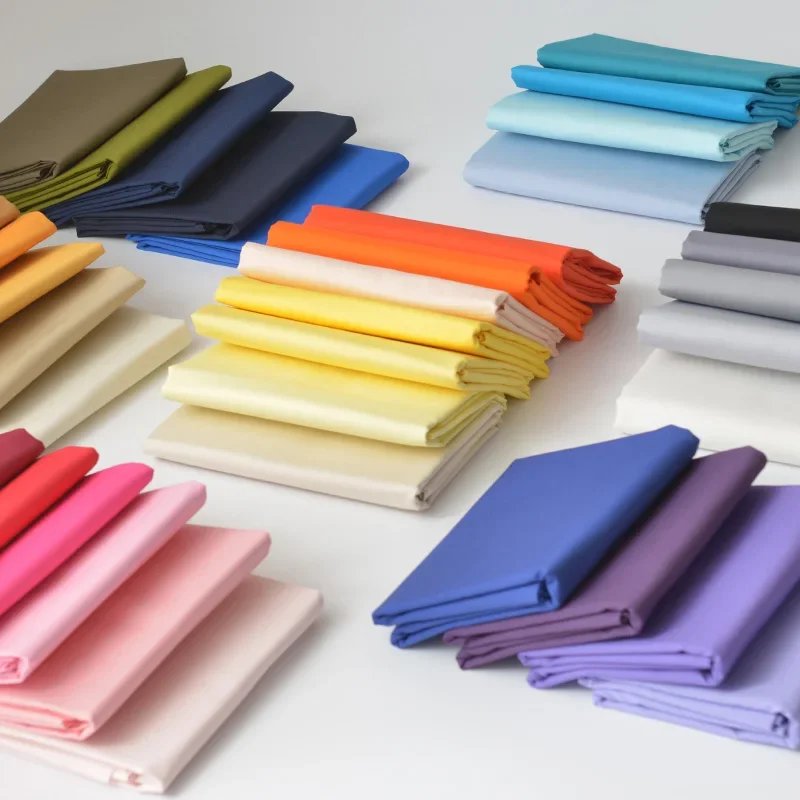Mold is not just an eyesore; it also poses health risks. It can thrive in damp environments, and if you’re not careful, it can latch onto your favorite clothes, curtains, and upholstery. Luckily, removing mold stains from fabric is not as daunting as it seems. In this comprehensive guide, we will explore effective methods, preventative measures, and how you can reclaim your fabrics from the clutches of mold.
Understanding Mold and Its Presence
Mold is a type of fungus that finds its way into our living spaces, often proliferating in places where moisture is abundant. The key to understanding how to remove mold stains is recognizing where it comes from and the conditions it thrives in. Mold spores are ever-present in the environment both indoors and outdoors, but they require moisture, organic material, and darkness to grow. Common sources of moisture can include leaks, humidity, or even improper drying of wet fabrics. It’s essential to remember that molds can create unsightly stains and exacerbate allergies and respiratory issues. Before diving into stain removal strategies, it’s crucial to identify the source of the mold and eliminate it. This may mean fixing leaks or improving ventilation in the affected areas. Once you understand these underlying factors, you can successfully tackle the issue.

Safety Precautions: Gear Up Before You Start
Before embarking on your journey to remove mold stains from fabric, it’s imperative to prioritize safety. Mold spores can trigger allergic reactions and respiratory problems, especially for individuals with preexisting conditions. Begin by wearing protective gear such as gloves, a mask, and eye protection. Using a well-fitting N95 respirator mask is highly recommended, as it filters out particulate matter, including mold spores. Additionally, ensure you’re working in a well-ventilated area. Open windows and use fans to improve air circulation. If the fabric is particularly large or the mold infestation seems severe, consider taking it outdoors. This will prevent mold spores from spreading to other areas in your home during the cleaning process. By arming yourself with the right safety equipment, you can protect yourself while effectively dealing with the mold stains.
Gathering Necessary Supplies
Equipped with protective gear, your next step is gathering the right cleaning materials. Depending on the type of fabric and the severity of the mold stains, you may need specific items. Start with a soft brush or sponge for scrubbing. For cleaning agents, options include white vinegar, baking soda, hydrogen peroxide, and commercial mold removers, which can often be found at local stores. White vinegar boasts natural antifungal properties and can effectively remove light mold stains. Baking soda, with its abrasive texture, serves as a scrubbing agent and deodorizer. Hydrogen peroxide is a powerful disinfectant that works well on tougher stains. If you prefer commercial solutions, always read the labels for instructions and safety guidelines. Finally, ensure you have plenty of water for rinsing purposes. By gathering these supplies beforehand, you’ll streamline the cleaning process and avoid unnecessary interruptions.
Pre-Treatment: Preparing the Fabric
Before you get into the nitty-gritty of stain removal, it’s crucial to pre-treat the fabric. Begin by carefully inspecting the stained area for any signs of damage or deterioration. If you’re dealing with delicate fabrics like silk or wool, consult care labels and proceed with caution. A gentle approach is key. Start by shaking out the fabric outdoors or lightly brushing it to remove loose spores. However, avoid aggressive scrubbing, as this can push mold spores deeper into the fibers. Next, consider washing the fabric with hot water (if the care label permits) to help loosen the mold particles. If you’re working with upholstered furniture, use a soft brush to lightly vacuum the affected area to eliminate loose mold. This pre-treatment step helps in reducing the amount of mold present and prepares the fabric for more intensive cleaning.
Natural Solutions: DIY Methods for Mold Removal
For those who prefer natural cleaning agents, there are several effective DIY solutions for removing mold stains from fabric. One popular option is using white vinegar. This solution is effective in killing mold spores and deodorizing the area. Mix equal parts of vinegar and water in a spray bottle, and gently spray the affected area. Allow it to sit for at least an hour before blotting it with a clean cloth. You can further scrub with a soft brush if the stains are persistent. Another effective solution involves baking soda, which not only helps lift stains but also neutralizes odors. Create a paste by mixing baking soda with water and apply it to the stained area. Let it sit for around 30 minutes and scrub gently after that. Hydrogen peroxide is also effective in treating tougher stains. Dilute it with water and apply it with a spray bottle. For best results, always test a small inconspicuous area first to ensure the solution doesn’t damage the fabric.

Commercial Mold Removers: When to Use Them
While DIY solutions are often effective, there may be instances where you require commercial mold removers, especially for severe infestations or stubborn stains. These products typically contain strong anti-fungal ingredients and can be a rapid solution for recurring mold problems. When using commercial products, read the instructions carefully. Always perform a patch test on a less visible area of the fabric to ensure that the cleaning agent does not result in discoloration or further damage. Follow up by applying the remover directly to the stained area, scrubbing gently with a soft brush, and allowing it to sit as directed. Afterward, rinse thoroughly to remove any remnants of the cleaning solution. While these dissolve mold effectively, they might also contain harsh chemicals, so it’s essential to wear protective gear and ventilate the area properly when applying them.
Rinsing and Drying: The Finishing Touch
Once you have treated the fabric, it’s time to focus on rinsing and drying effectively. Proper rinsing is essential to remove any cleaning agents or mold residues. If you’re dealing with machine-washable items, place them in the washing machine with hot water. Opt for an additional rinse cycle to ensure that all cleaning products are washed out. If the fabric is delicate and cannot be machine washed, rinse it thoroughly under running water while gently scrubbing the area to eliminate any lingering mold or cleaning solution. Drying the fabric is equally critical. Molds thrive on moisture, so avoid putting wet fabric back into a dark area. Ideally, air-dry the fabric outside in direct sunlight. The UV rays of the sun are natural mold killers and can further eliminate any remaining spores. If you must use a dryer, choose a high heat setting, as the heat will help eradicate any spores.
Prevention: Keeping Mold at Bay
After successfully removing mold stains from fabric, it’s essential to take the necessary steps to prevent future infestations. The key to mold prevention lies in maintaining a dry and clean environment. Start by regularly checking spaces prone to moisture, like bathrooms, basements, and laundry rooms. Invest in dehumidifiers if you live in a humid environment, and ensure proper ventilation by using exhaust fans. Always dry wet clothes promptly—don’t let them sit in the washer or pile them up in a corner. If you have upholstery, consider using slipcovers that can be easily washed, and regularly vacuum to eliminate any mold spores. Treating fabrics with anti-fungal sprays and ensuring that they get ample sunlight will also help. By taking these preventative measures, you can greatly reduce the likelihood of mold stains returning, ensuring your fabrics remain beautiful and safe.

Conclusion: Reclaiming and Maintaining Your Fabrics
Removing mold stains from fabric might seem like a daunting task, but with the proper methods, materials, and preventative strategies, you can reclaim your cherished items. The journey starts with understanding mold’s biology and how it thrives in homes. From personal safety practices to effective cleaning techniques—be they DIY or commercial—you have a variety of tools at your disposal. Always remember to follow up with thorough rinsing and drying to inhibit future growth. Finally, commit to maintaining a clean and dry environment in your home. By being proactive and mindful, you can enjoy your fabrics in comfort, eliminating the scares of mold stains and health issues that come with them. Embrace these practices, and watch your home transform into a safe haven free from the clutter of mold!









